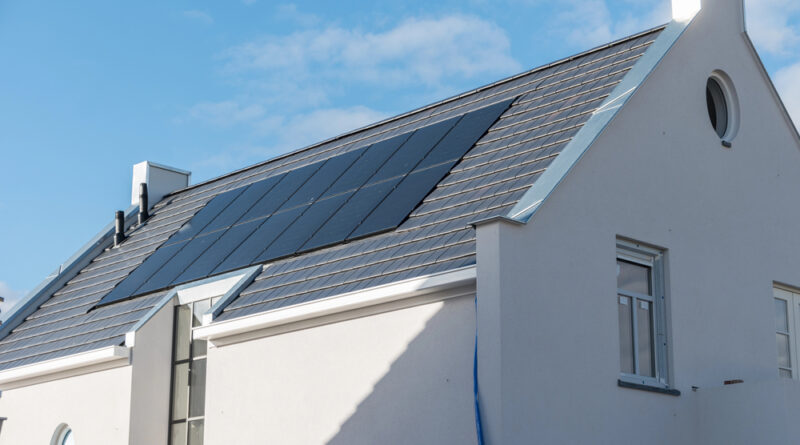When Home Solar Becomes a Hacker’s Backdoor: The Rising Cyber-Risk to National Power Grids
Domestic rooftop solar has blossomed into one of the great success stories of the clean-energy transition. Yet the very technology that lets households harvest sunshine could also become a hidden weak point in the world’s electricity networks. Researchers at Australia’s Commonwealth Scientific and Industrial Research Organisation (CSIRO) have mapped out a scenario in which smart inverters, the Internet-connected devices that link solar panels to the grid, are hijacked en masse to destabilise an entire power system.
From Simple Converter to Networked Computer
A decade ago most inverters did little more than convert direct current (DC) from panels into grid-friendly alternating current (AC). Today they are miniature computers. They smooth voltage, store operating data in the cloud, tweak battery-charging schedules and can even trade surplus power in real-time wholesale markets. All that intelligence arrives courtesy of firmware, companion apps and constant connectivity, exactly the features that make them attractive cyber targets.
How a Household Device Can Shake a Continent
CSIRO’s modelling focuses on Australia, where roughly one in three homes now has rooftop solar. By scanning publicly documented software flaws, lax password practices and insecure apps, the research team found multiple pathways an attacker could use to seize control of thousands of smart inverters simultaneously. If those compromised devices were then instructed to inject or absorb power out of sync with the grid frequency, the surge could push the network outside its narrow operating band around 50 hertz. Protective relays would trip, generators could shut down and blackouts might cascade across states before operators could respond.
The alarming part is the scale required for disruption: only a small proportion of the country’s 3-million-plus rooftop systems needs to be manipulated at once. Similar adoption levels in parts of Europe, North America and Asia suggest this is a truly global concern.
The Long Tail of Insecure Hardware
Unlike smartphones, inverters are designed to run for 15 years or more. That longevity turns every overlooked update into a long-term liability. Even freshly installed units can be problematic if they arrive with malicious code embedded in the firmware or chips, an ever-present risk when most hardware is sourced from complex international supply chains.
Plugging the Digital Gaps
The CSIRO team argues that grid operators and regulators need far stronger visibility into the private devices sprinkled across their networks. Centralised override commands, mandatory cybersecurity standards and routine compliance checks could let authorities isolate suspect inverters before an attack snowballs. Researchers also highlight the importance of screening imported equipment at the border to weed out any pre-loaded malware.
Experts at Australian universities add that the broader energy sector still runs on legacy control systems never built for Internet threats. As artificial intelligence streamlines the discovery of new exploits, the incentive for well-resourced adversaries to weaponise distributed solar will only grow.
Building Resilience Without Slowing the Solar Boom
The solution is not to curtail rooftop installations, on the contrary, distributed solar improves grid stability when properly managed. Instead, the industry must treat cybersecurity as a core design metric, equal to efficiency and cost. Secure-by-default firmware, encrypted communications, rapid patch cycles and consumer education on safe app permissions are critical first steps.
Power grids have already weathered storms, fires and market shocks. The next resilience test may come not from a natural hazard but from a swarm of hijacked household devices. Addressing that threat now will ensure the rooftop revolution continues to deliver clean, reliable power, without opening an unexpected back door to the world’s critical infrastructure.
Photo Credit: DepositPhotos.com

